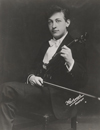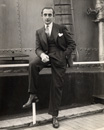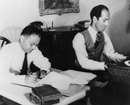Reviews
An Impassioned, if Not Flawless, Vanessa
WASHINGTON, D.C.—The reputation of Vanessa has gone through some rocky times. The Samuel Barber/Gian Carlo Menotti opera, the first new work of Rudolf Bing’s Metropolitan Opera intendancy, was generally lauded at its 1958 world premiere. Soon after, though, Barber’s neoromantic style fell well out of favor. The Met offered two revivals, the most recent in 1965; it subsequently disappeared from the world’s stages for decades. More recently, though, as serialism has lost its hegemonic grip on the musical establishment, Barber has lost his pariah status, and critics and opera companies have reassessed Vanessa’s virtues.
The work has found an impassioned advocate in Gianandrea Noseda, who led it in concert with the National Symphony Orchestra on January 30, the first of two performances. It was clear, from the thrilling results that he achieved, that he regards Vanessa as a major piece of musical drama. He is a riveting podium presence; the orchestra’s brilliant playing seemed to emanate directly from his tensile gestures; for instance, in the dazzling fugato prelude to Act II.
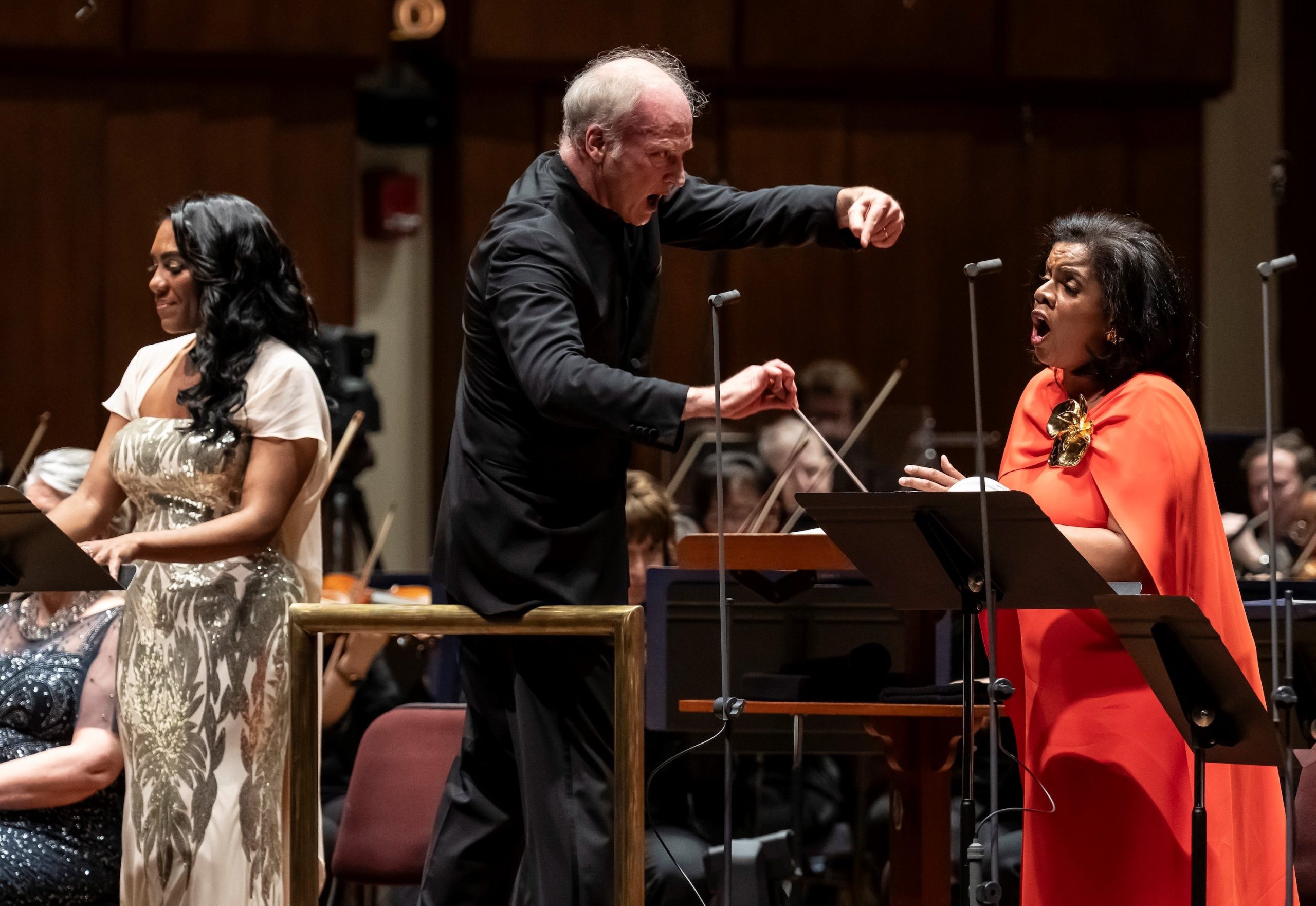
Gianandrea Noseda conducting Barber's Vanessa with the NSO, J’Nai Bridges (left), and Nicole Heaston
But it wasn’t Barber’s brilliance as an orchestrator that emerged most vividly; it was the theatrical aptness of his writing: his ability to define in music the work’s panoply of emotional states. Passion, nostalgia, a sense of mounting horror—all had a visceral presence. Most of all, the performance brought out the deep-drenched melancholy that pervades the opera, reaching a culmination in the great final quintet: an emotional climax in the mold of the Rosenkavalier trio.
The opera-in-concert format necessarily entailed some compromises. The bare Kennedy Center Concert Hall stage and the singers in their concert garb did little to suggest Vanessa’s gothic ambiance. The five principals, all seasoned professionals, clearly did not have the degree of familiarity with their assignments that a staged production’s longer rehearsal period might bring, nor had they truly gelled as an ensemble. The concert-platform setting rejiggered the balance, aural and aesthetic, between orchestra and voices, putting the band at the center of the sonic picture, sometimes at the expense of the singers’ audibility. Nonetheless, the performance provided ample opportunity to admire Barber’s gift for vocal writing––his ability to create expressive, musically meaningful, singing lines.
The role of Vanessa fell to Nicole Heaston, a late-in-the-day substitution for Sondra Radvanovsky. She was the cast member most undermined by the orchestra’s prominence. Her healthy, mid-weight soprano was most effective in the role’s higher reaches; lower down, it made less of an impact. In some of her more conversational utterances, only the presence of supertitles enabled comprehension of Menotti’s text. As such, Heaston had trouble putting forward the elements of romantic obsession and delusion that define the character. She offered a journeyman performance; the role calls for a monstre sacré.
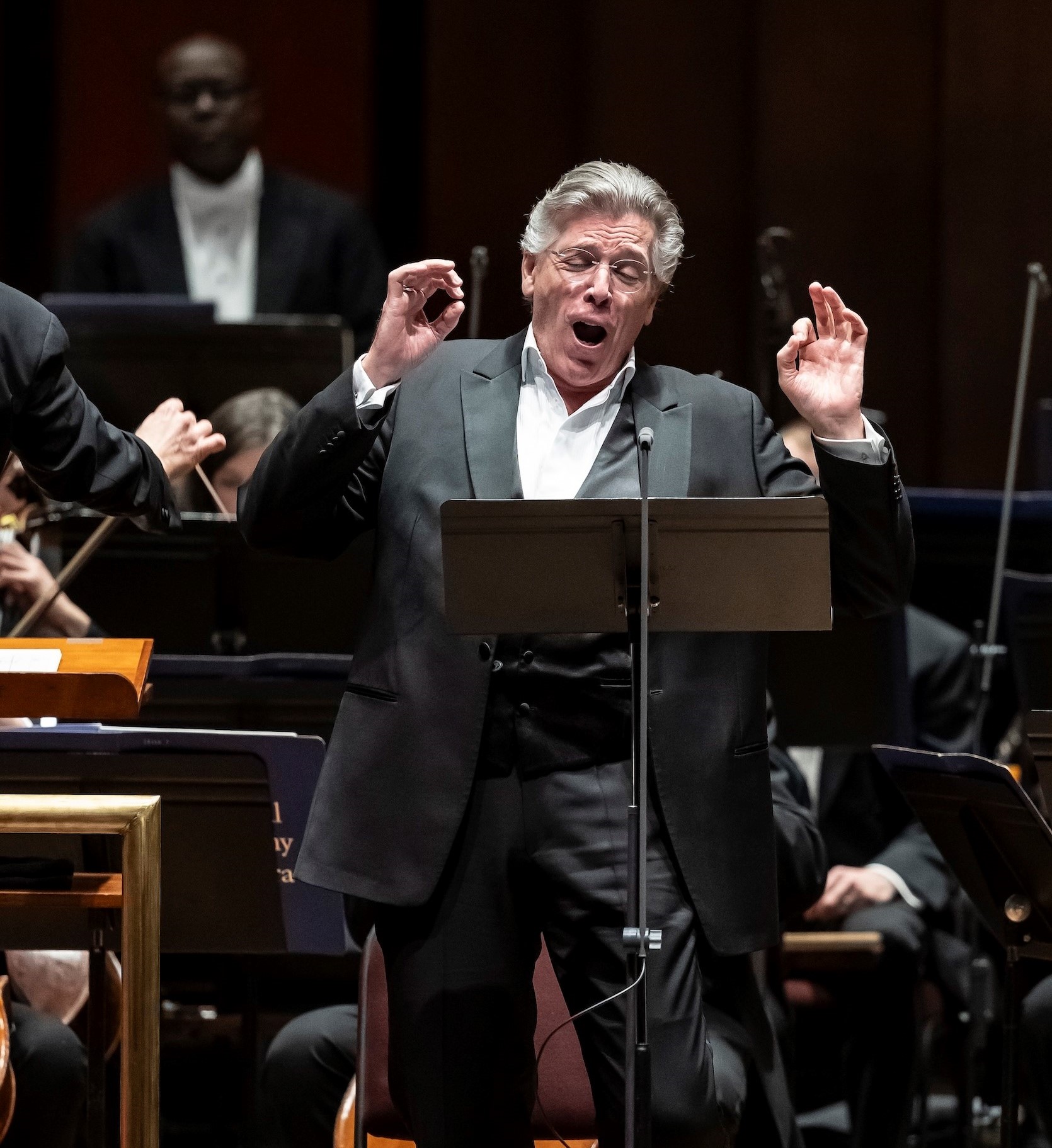 Some have argued that the mezzo-soprano role of Erika, Vanessa’s niece, outshines that of the protagonist; in fact Maria Callas, initially slated for the first Met production, declined the title role for that very reason. But in the early stretches of the NSO performance, J’Nai Bridges provided little argument for Erika’s centrality. Like Heaston, she had trouble projecting text; her work as a whole was haphazard. Only later, as Erika approached her pitiable fate, did Bridges’s portrayal gain gravity; the character––and her tragedy––came into focus.
Some have argued that the mezzo-soprano role of Erika, Vanessa’s niece, outshines that of the protagonist; in fact Maria Callas, initially slated for the first Met production, declined the title role for that very reason. But in the early stretches of the NSO performance, J’Nai Bridges provided little argument for Erika’s centrality. Like Heaston, she had trouble projecting text; her work as a whole was haphazard. Only later, as Erika approached her pitiable fate, did Bridges’s portrayal gain gravity; the character––and her tragedy––came into focus.
No problems of audibility afflicted Matthew Polenzani, playing Anatol, the mysterious young man who seduces Erika and Vanessa in turn. His lyric tenor rang out with its usual clarity; so, too, did the text. But he brought little contour to Anatol’s ambiguous character. Is Anatol a mere gigolo? Or is he, in his way, capable of loving both women? Polenzani left those questions unexplored.
Two distinguished veterans rounded out the cast of principals. Baritone Thomas Hampson played the Old Doctor: a warm-hearted, if foolish, neighbor who observes the central drama without quite comprehending it. For a singer well into the fifth decade of his career, Hampson sounded remarkably fresh, while still managing to convey the doctor’s advanced years. He was especially touching in the ländler “Under the willow tree,” in which the old man conjures a remembrance of flirtations past. Susan Graham, playing the Old Countess––Vanessa’s bitter, taciturn mother––offered a veritable masterclass in sung English and stage deportment. Nothing was extraneous in her portrayal; every word, every gesture, made its effect.
At the beginning of the evening, a somber Noseda came on stage to offer some remarks. It was less than 24 hours since American Eagle Flight 5342 had crashed into the Potomac River, a mere four miles from the Kennedy Center. An acknowledgement of the dreadful tragedy seemed not only pertinent, but necessary. Observing “Music has the power to heal our wounded souls,” Noseda turned to lead the orchestra in Barber’s own Adagio for Strings: a stunningly appropriate selection, fitting not just the evening’s program, but the deeply somber moment.
Above photo: Thomas Hampson sings the role of the Old Doctor in Vanessa
Photos by Scott Suchman
Classical music coverage on Musical America is supported in part by a grant from the Rubin Institute for Music Criticism, the San Francisco Conservatory of Music, and the Ann and Gordon Getty Foundation. Musical America makes all editorial decisions.





 FEATURED JOBS
FEATURED JOBS

 RENT A PHOTO
RENT A PHOTO
